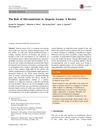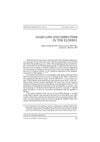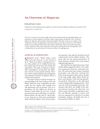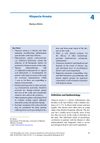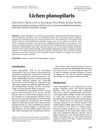Disorders of Hair
November 1988
in “
Journal of the American Academy of Dermatology
”
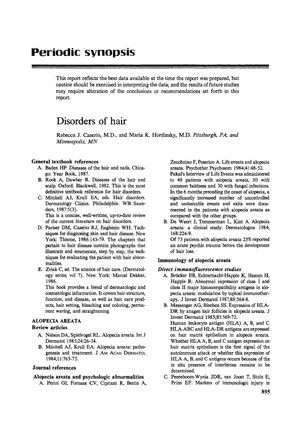
TLDR The document concludes that hair analysis is not good for assessing nutrition but can detect long-term heavy metal exposure.
The 1988 document provides an extensive review of hair disorders, with a particular focus on alopecia areata and androgenetic alopecia. Alopecia areata is characterized as an immunologically mediated disease with potential genetic links, evidenced by studies including one with 48 patients on life events and another with 73 patients on psychological impacts. Treatments such as steroids, minoxidil, and immunomodulating agents are discussed, with spontaneous regrowth being common in limited cases. Androgenetic alopecia, affecting both genders, is associated with hormonal imbalances and responds well to treatments like topical minoxidil and antiandrogens, with factors such as duration of baldness and size of balding area affecting prognosis. The document also reviews structural hair shaft abnormalities, heritable disorders, and conditions like Netherton's syndrome, emphasizing diagnostic methods like light microscopy and electron microscopy. It concludes that hair analysis is not reliable for nutritional assessment but is sensitive for detecting chronic heavy metal exposure.

